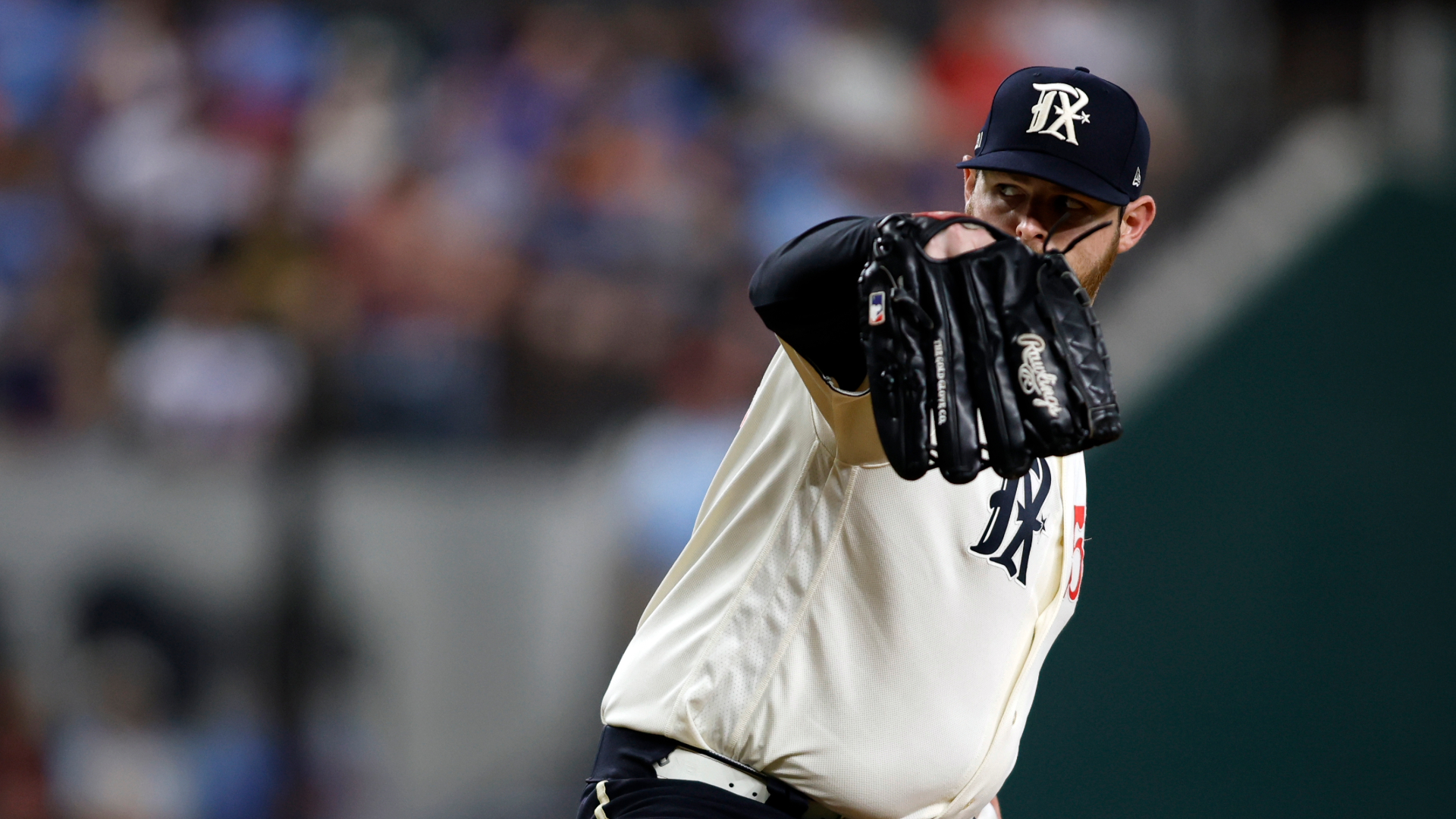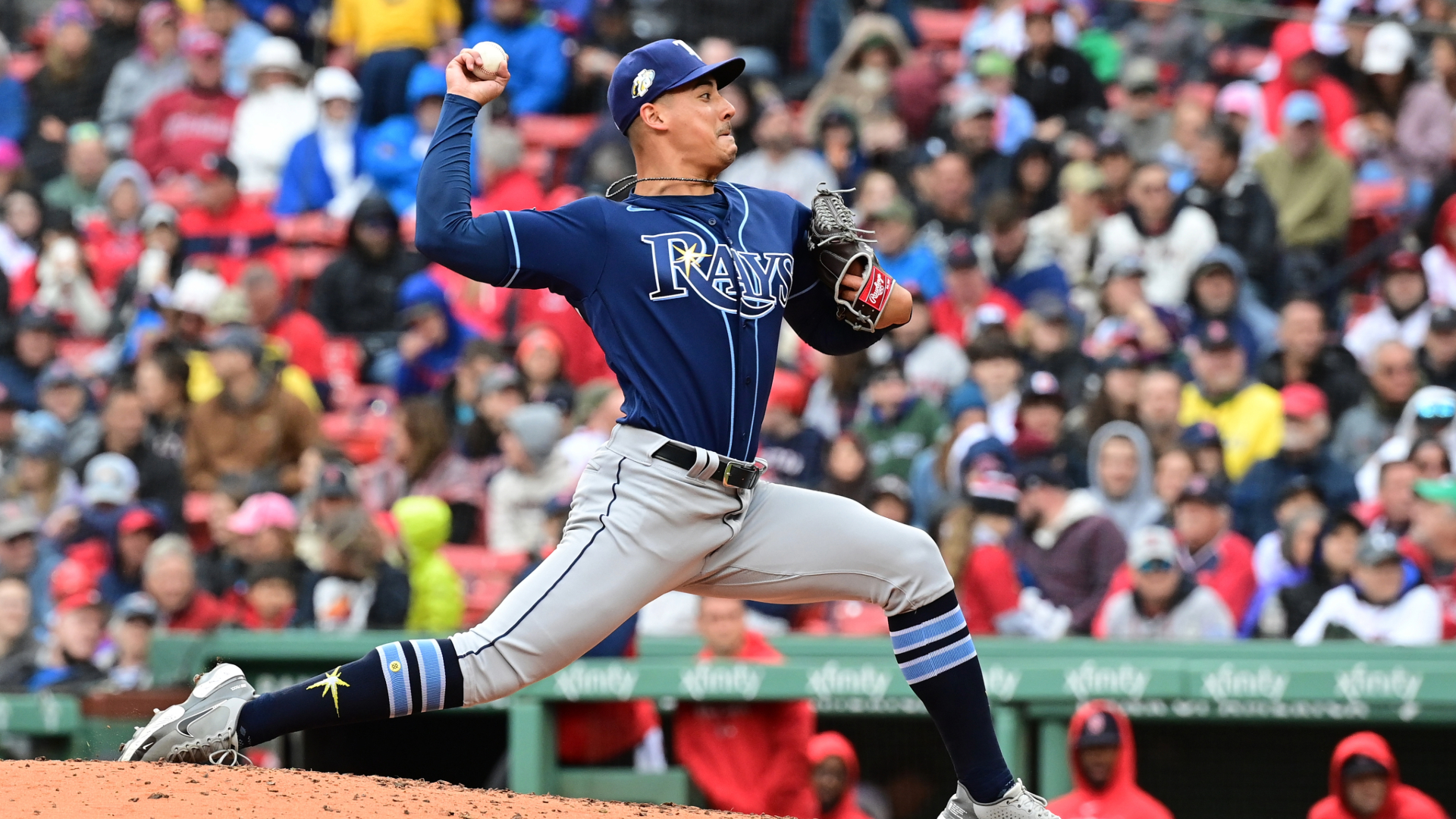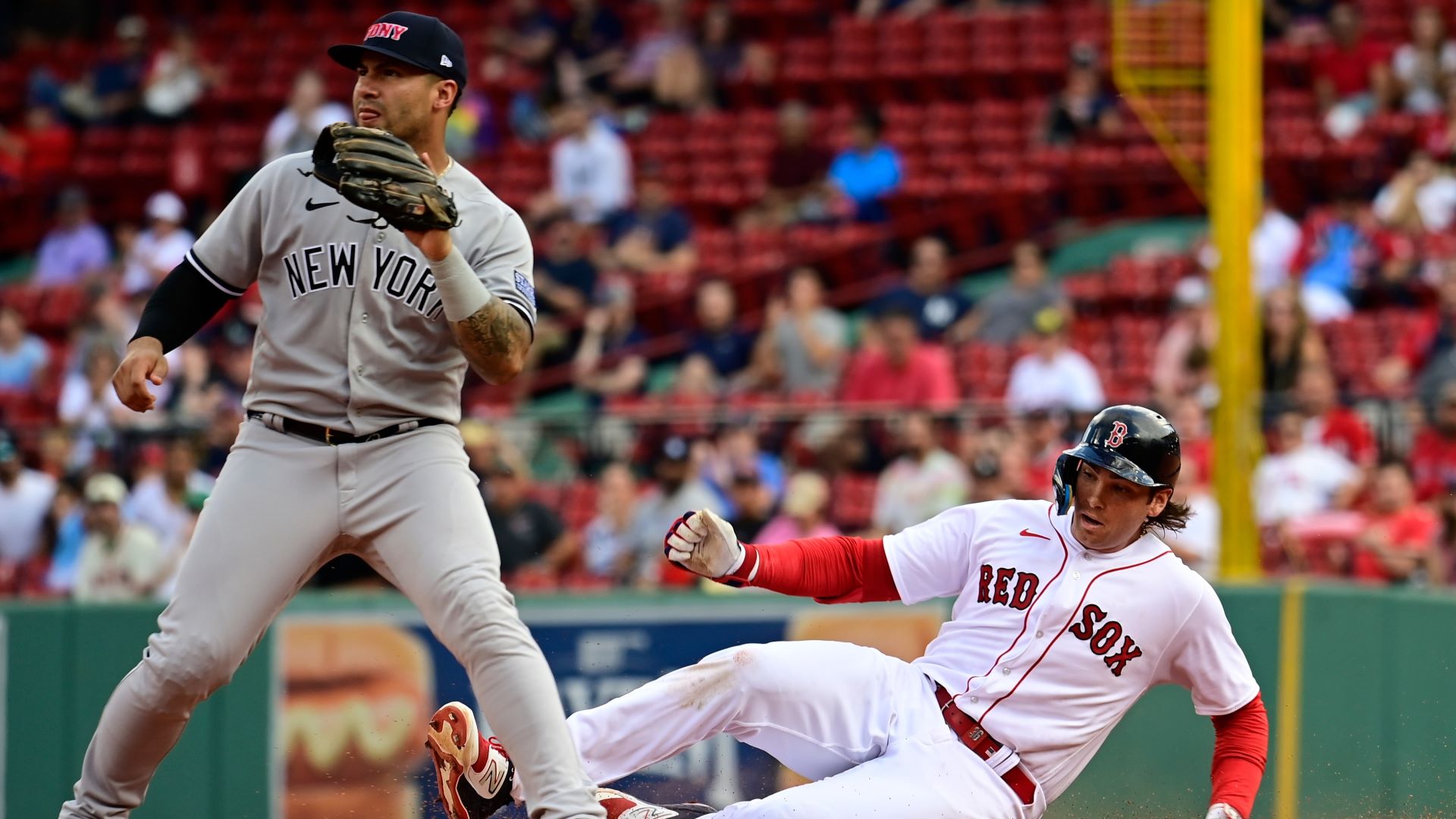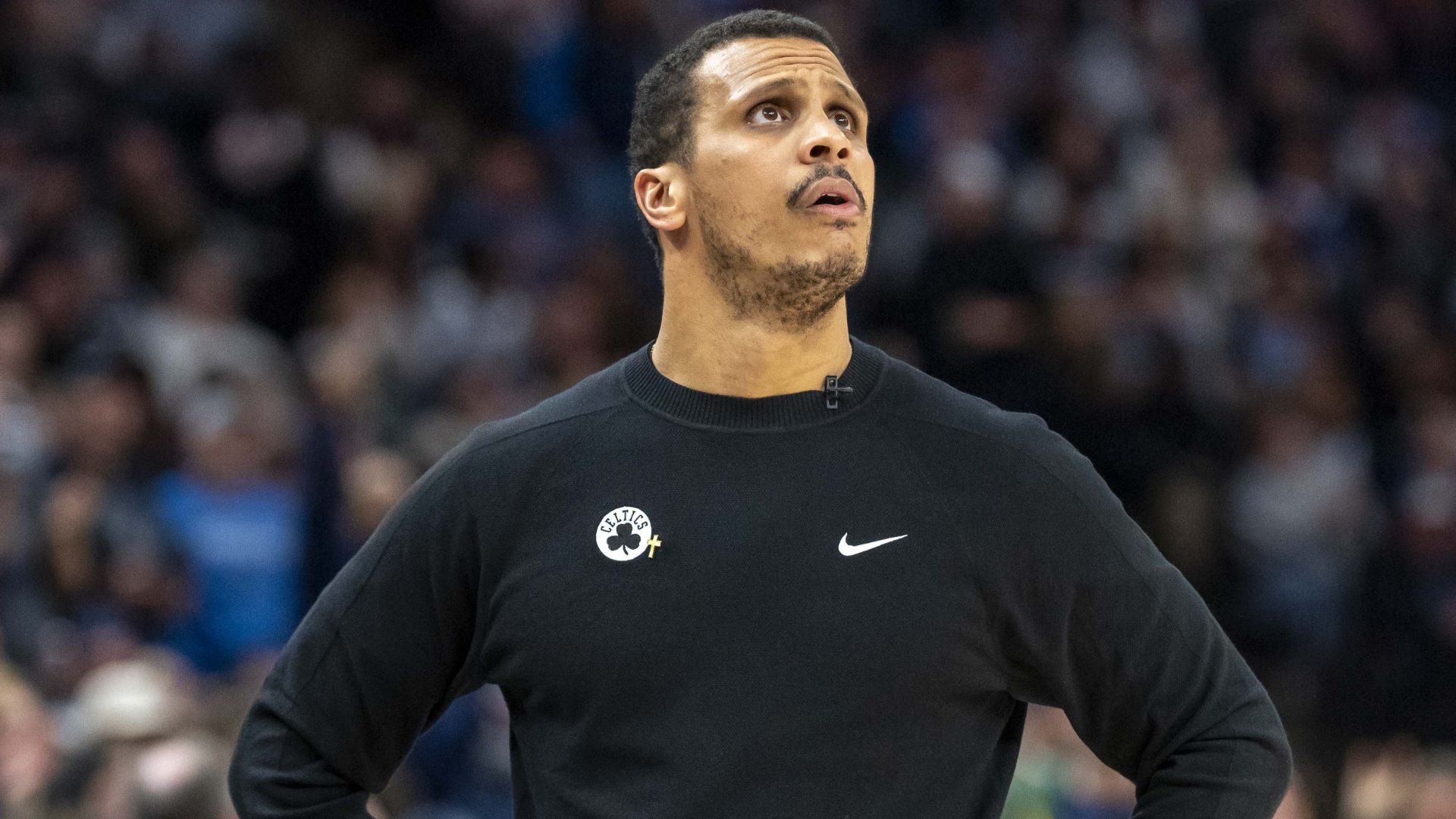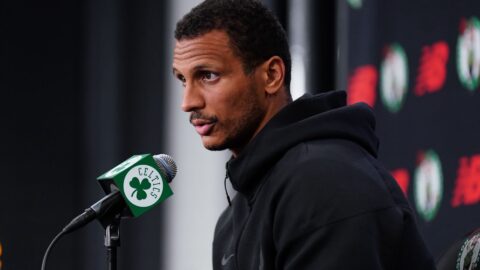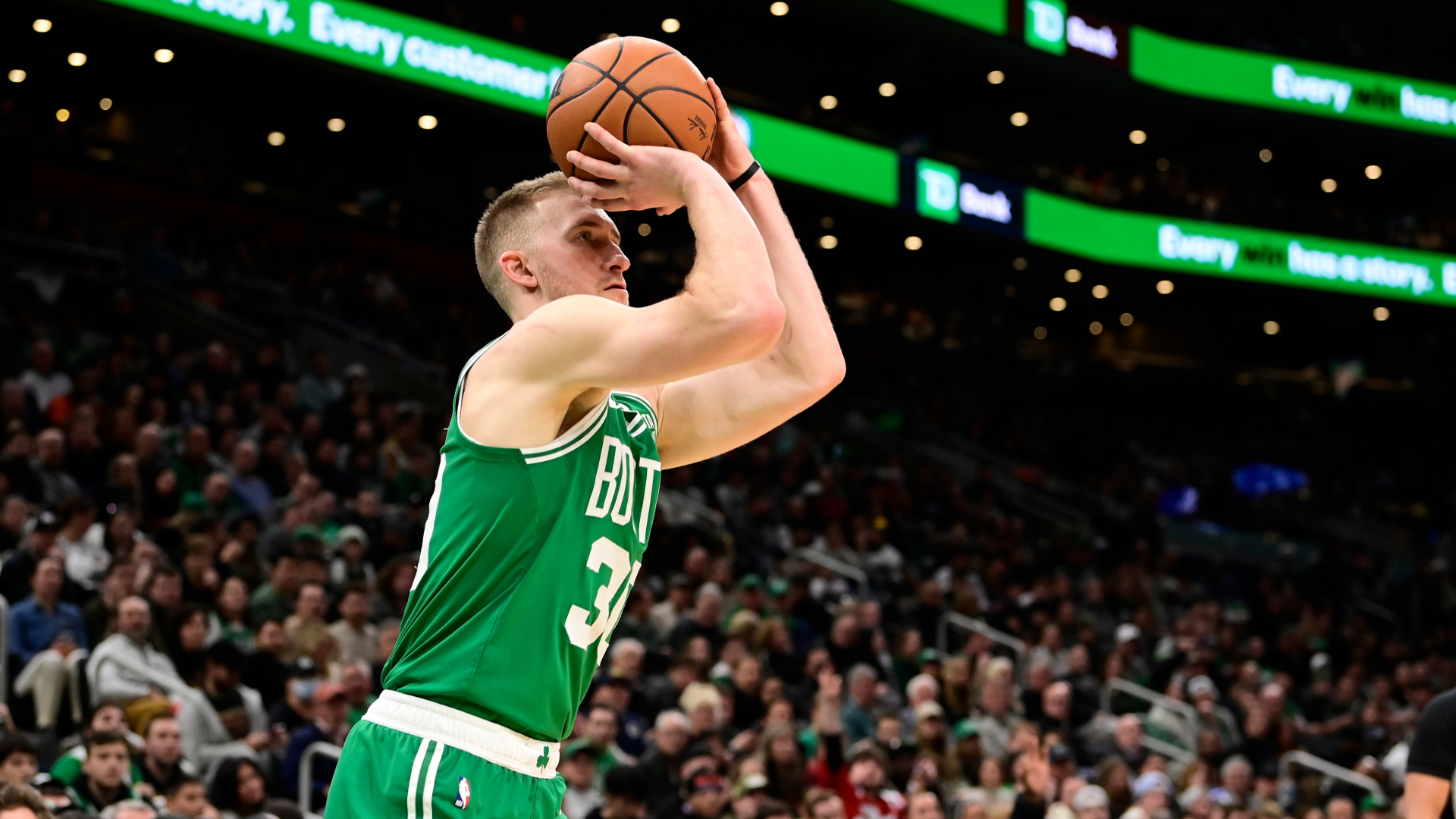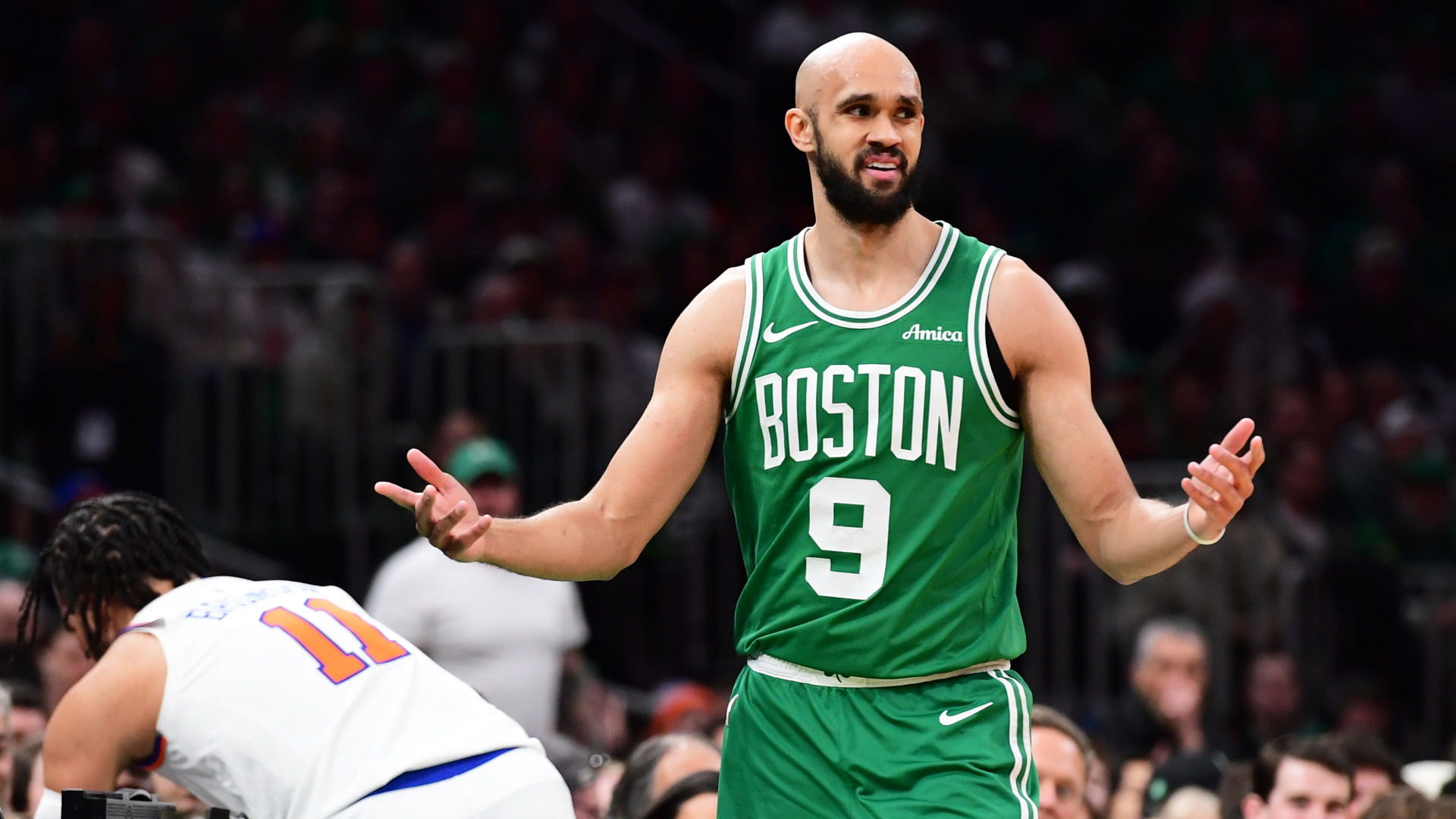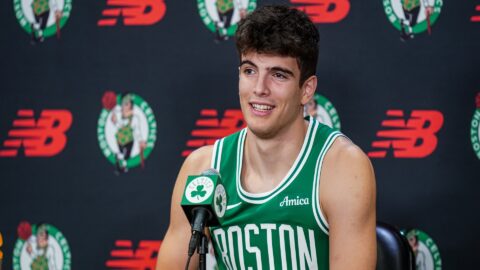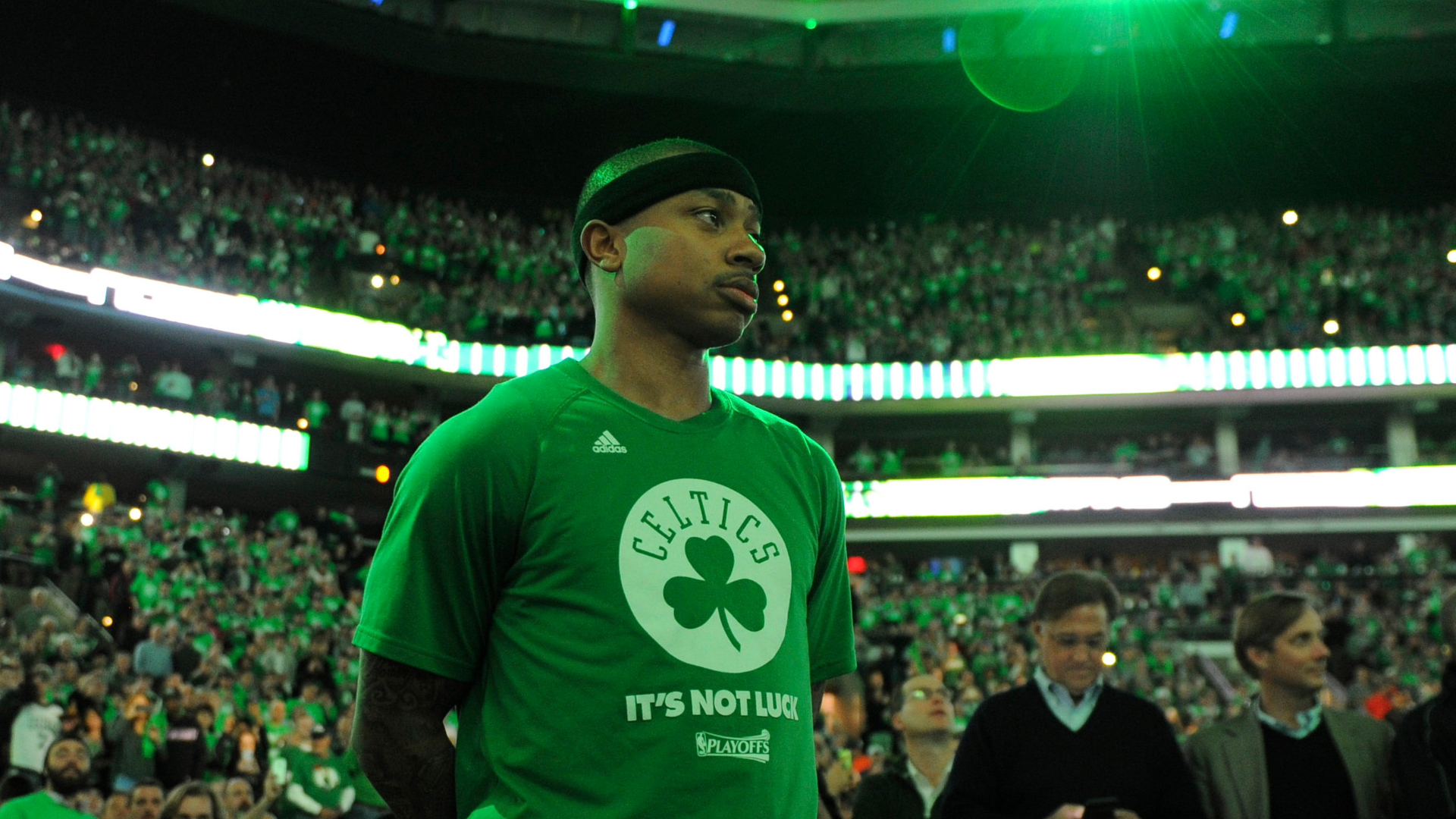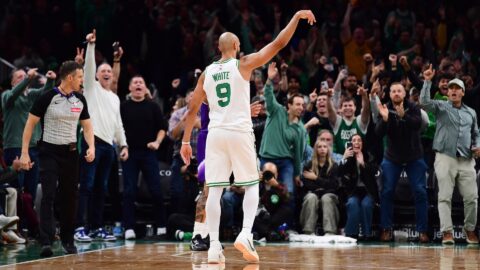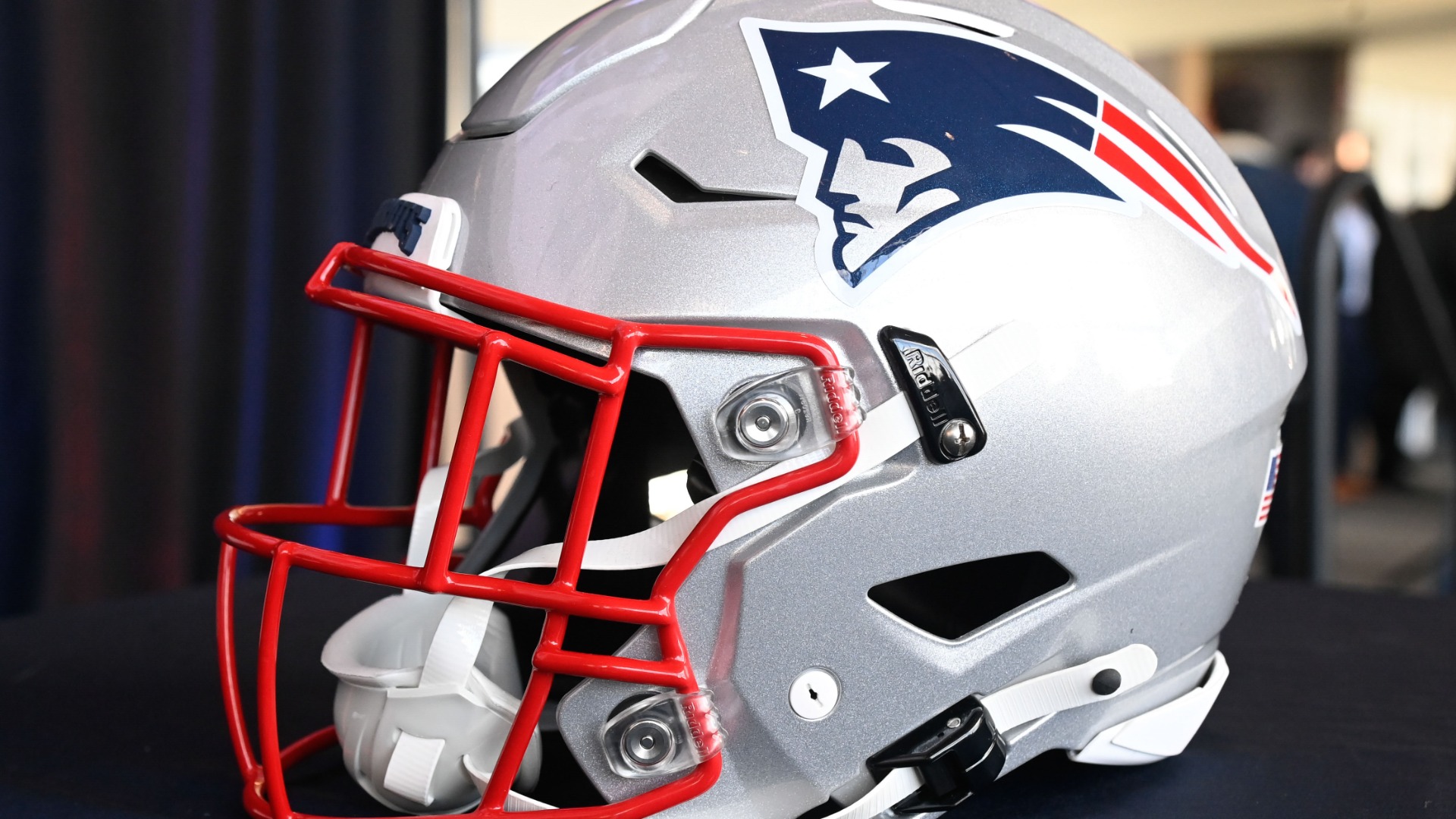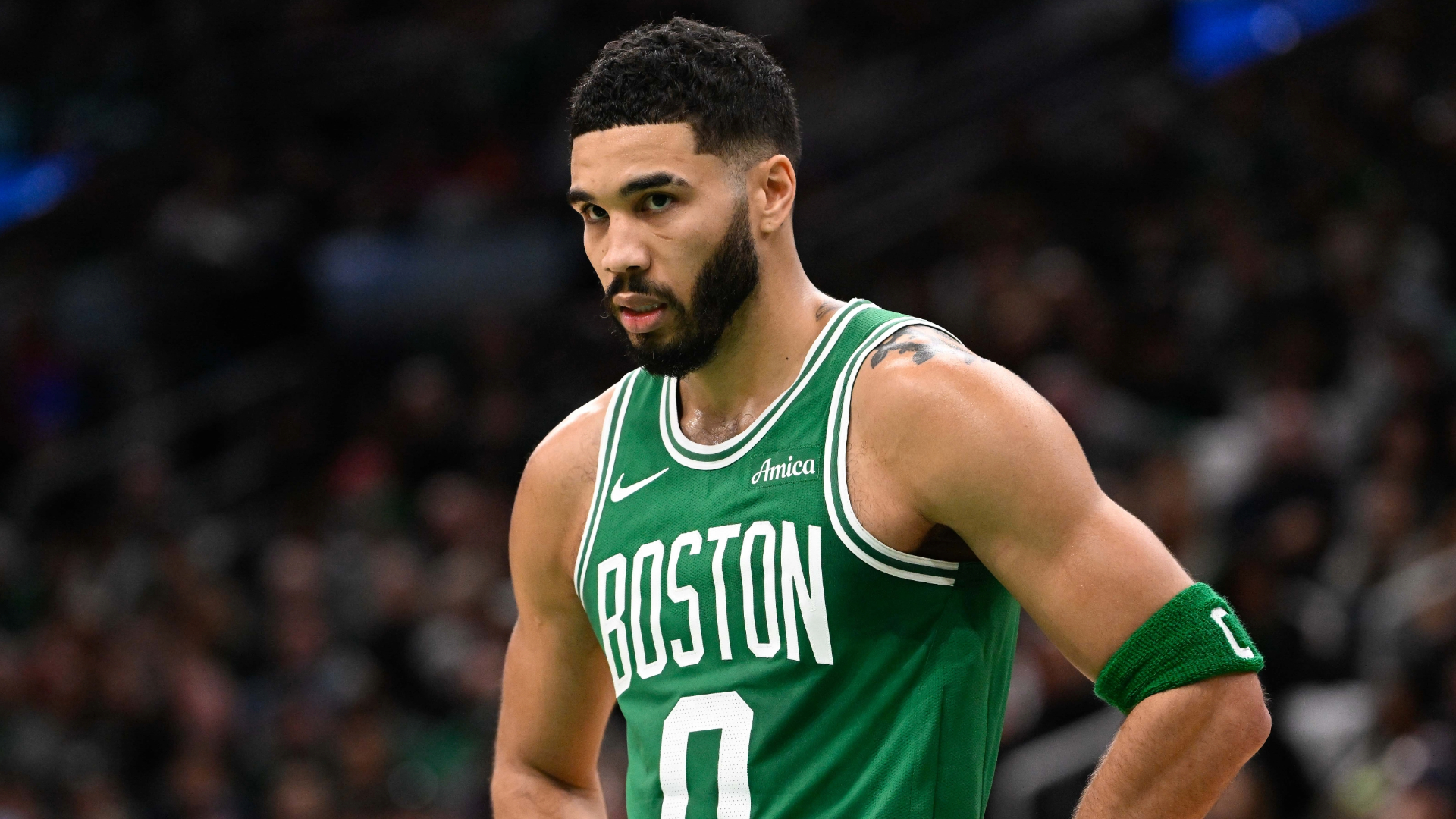The Boston Red Sox reportedly pursued Yoshinobu Yamamoto before the Japanese ace decided to sign with the Los Angeles Dodgers in Major League Baseball free agency.
So, now the question becomes: What (or who) is next?
The Red Sox theoretically could shift their attention to the top two starting pitchers remaining on the open market -- Blake Snell and Jordan Montgomery -- but it remains unclear whether Boston intends to aggressively target either left-hander.
Montgomery, on the surface, looks like a more seamless fit, largely because the Red Sox wouldn't need to relinquish draft-pick compensation to sign him. Unlike Snell, Montgomery was ineligible to receive a qualifying offer earlier this offseason because he was traded midseason from the St. Louis Cardinals to the Texas Rangers. And while Snell has more upside, evident by the two Cy Young Awards on his résumé, Montgomery provides a more stable floor.
Story continues below advertisement
That said, a new report from MassLive's Chris Cotillo could change the perception of Snell's free agency in the eyes of the Red Sox, among others.
"The somewhat mercurial Snell seems like less of a clean fit (than Montgomery) and some now believe he might command a shorter, more creative deal for a team in win-now mode," Cotillo wrote Thursday. "Earlier this week, a person with knowledge of the pitching market suggested something like a three-year deal with a high average annual value and opt outs may be the route teams take with Snell."
Snell and Montgomery oftentimes are floated interchangeably in speculation, simply because they're two southpaws who exist in the same free agency tier, a notch below Yamamoto and the clear-cut best player available this offseason, Shohei Ohtani. But that doesn't mean their next contracts will look the same.
Story continues below advertisement
More Red Sox
MLB Trade Rumors projected at the beginning of the offseason that Snell would land a seven-year, $200 million contract ($28.6 million AAV) and Montgomery would ink a six-year, $150 million deal ($25 million AAV). It's possible both pitchers exceed those numbers -- Yamamoto set the bar high with his 12-year, $325 million contract ($27.1 million AAV) -- but there's also a scenario where their respective markets take them down different paths. And perhaps the Red Sox find one path to be more palatable than the other.
What if, for instance, Snell was willing to accept a three-year contract in the $100 million-$110 million range that includes an opt-out after the second season? He could earn, say, north of $35 million annually for 2024 and 2025, then have the ability to test free agency again at age 33 if he so chooses.
Obviously, there are tons of variations of this contract structure that we could concoct. But you get the point: More money. Fewer years. Added flexibility for the player. Lower long-term risk for the team, albeit with a significant up-front financial commitment.
Story continues below advertisement
The Red Sox's stance on such an investment isn't known. Nor is Snell's outlook. Plus, there are other factors to consider -- like whether Snell views Boston as a legitimate contender and whether the Red Sox would be comfortable surrendering draft-pick compensation to sign him (he was extended a qualifying offer by the San Diego Padres).
There's also a reason teams might be hesitant to overexert themselves for Snell, as he's experienced some valleys in addition to his peaks, mostly due to control issues that aren't nearly as problematic for Montgomery.
Story continues below advertisement
Still, it was a worthwhile tidbit within Cotillo's piece exploring the starting pitching market and where the Red Sox stand in free agency ahead of the new year. And don't be surprised if we're presented with even more questions before the eventual resolutions, especially with agent Scott Boras pulling the strings for both Snell and Montgomery.
Featured image via Orlando Ramirez/USA TODAY Sports Images
